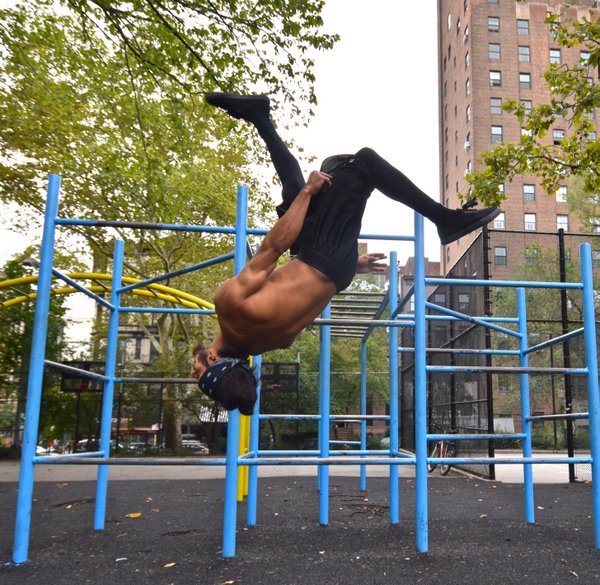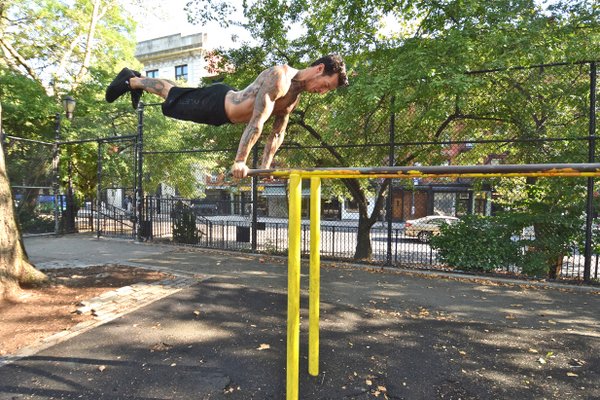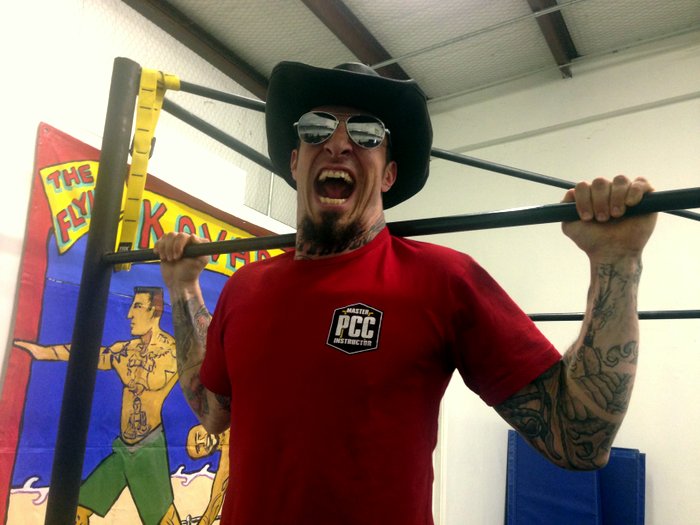
My brother Al Kavadlo and I rode into town this past Friday rarin’ to go, looking forward to bringing Progressive Calisthenics to the Lone Star State for the very first time. The bodyweight beasts we encountered were obviously just as excited as we were, judging from the incredible level of enthusiasm, energy and positivity!
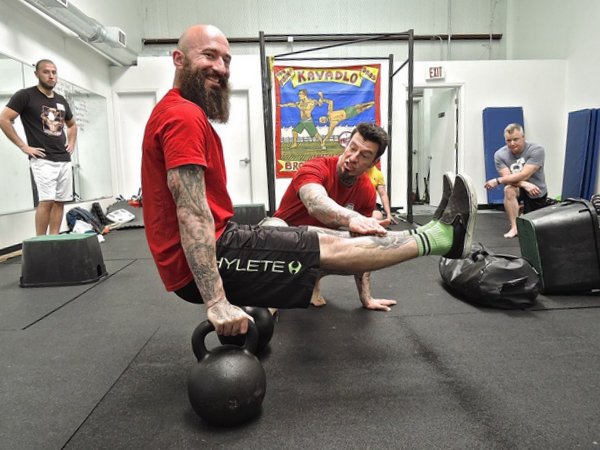
Day One
I love the first day of the Progressive Calisthenics Certification. We enter the room as strangers but leave as family. From one-arm push-ups to full press flags (even a first-time one-arm pull-up!), many PR’s were established, as many bonds were made. The calisthenics wrecking crew muscled up to the challenge and then some.
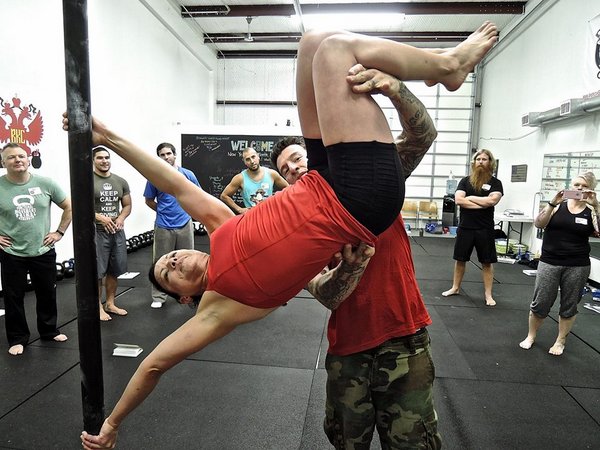
Day Two
The roadhouse thunder raged on during Day Two. Squats, lunges and pistols were followed by back bridges, gecko bridges and even stand-to-stands! We got down on the ground for the mid-section holds and back up on bar for back and front lever progressions. The feats of strength, balance and flexibility were rivaled only by the solidarity and encouragement. This group of Texas tornadoes delivered the goods!
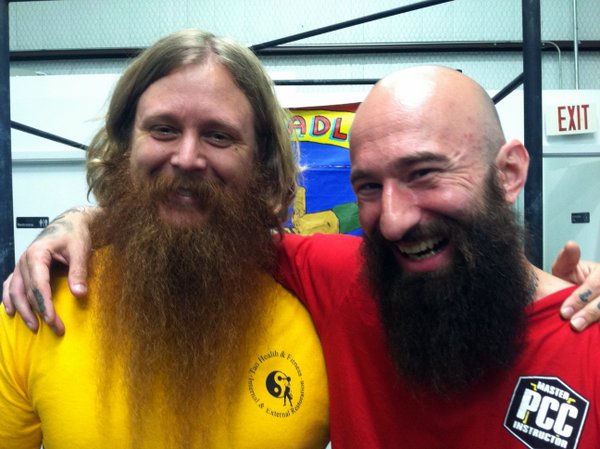
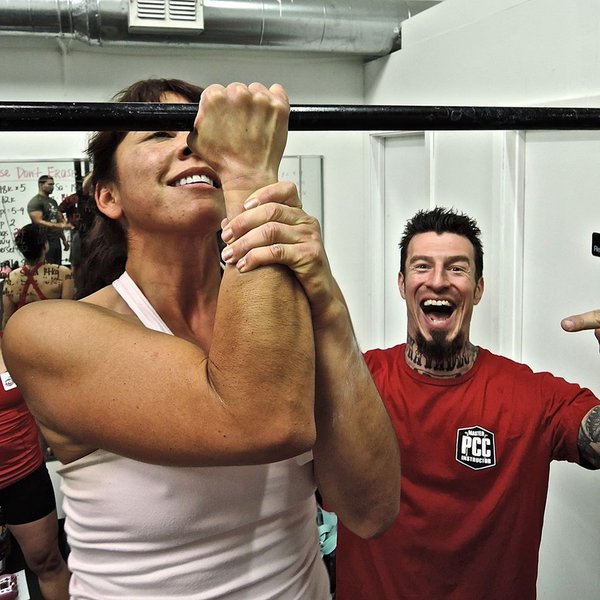
Day Three
The last day of PCC begins with hand balancing and ends with the Century Test. But the true balancing act is juggling the emotional highs of such a special experience with the bittersweet feelings of leaving our new-found calisthenics brothers and sisters. The real test lies in the days to come: now that this world-class experience comes to an end, how do we maintain the strength, the technique and the bond we all shared with one another?
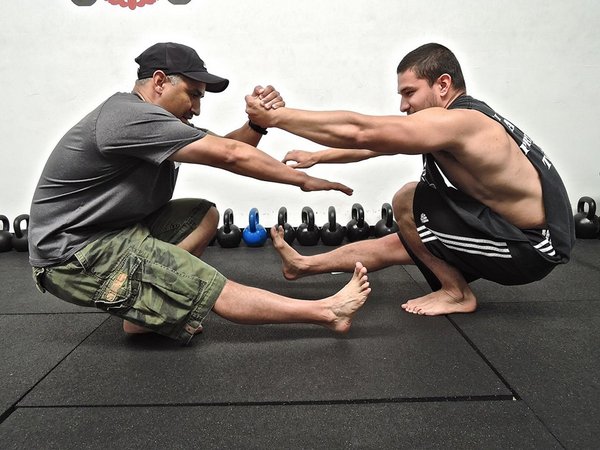
Sure ‘nuff, even though the weekend is now over, our journey is just beginning. Thanks to the PCC blog, Dragon Door’s extensive library and Dragon Door’s upcoming Health & Strength Conference, the PCC community will continue to grow. Remember, the first rule of PCC is you do talk about PCC, so keep on spreading the word!
We’re fixin’ to head back, y’all hear?
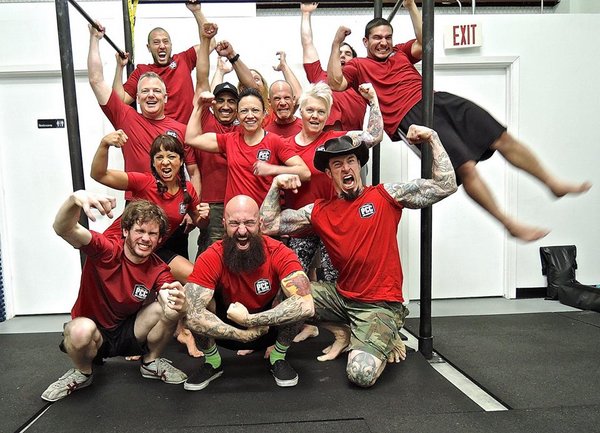
The posse’s getting bigger,
-DK
***
Danny Kavadlo is one of the world’s foremost authorities on calisthenics, nutrition and personal training. He is the author of the Dragon Door titles Diamond-Cut Abs and Everybody Needs Training. Danny is known for his minimalist philosophy, simple approach and motivational talents.
A true in-person experience, Danny is a Master Instructor for Dragon Door’s Progressive Calisthenics Certification. He has been featured in the NY Times, TRAIN, Men’s Fitness and is a regular contributor to Bodybuilding.com. Learn more about Danny at www.DannyTheTrainer.com

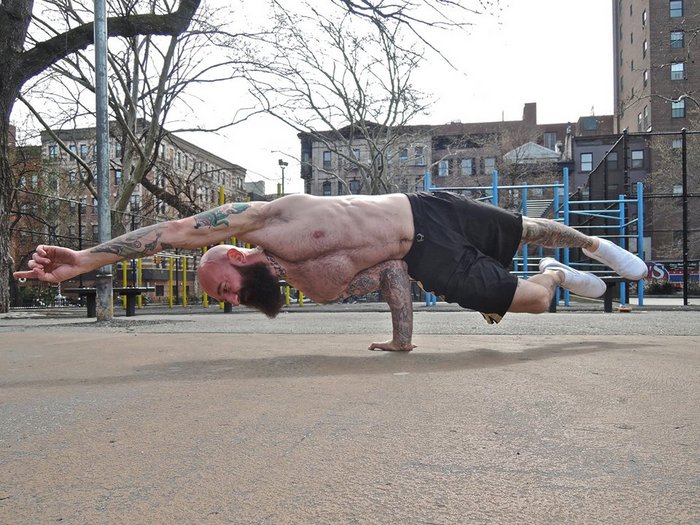
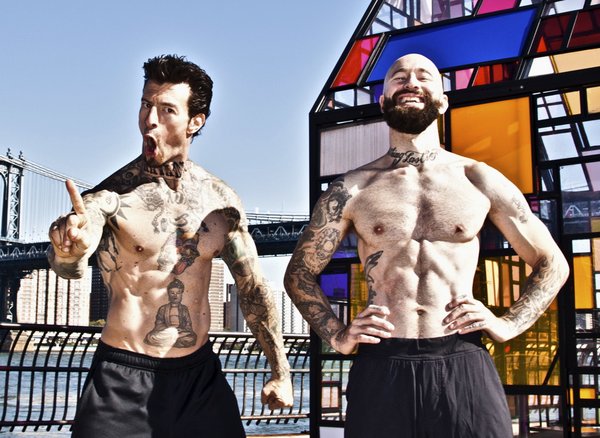
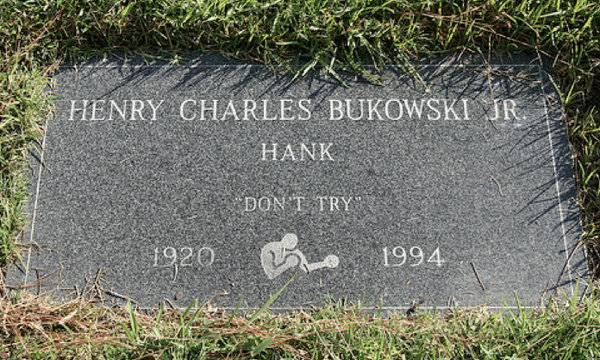
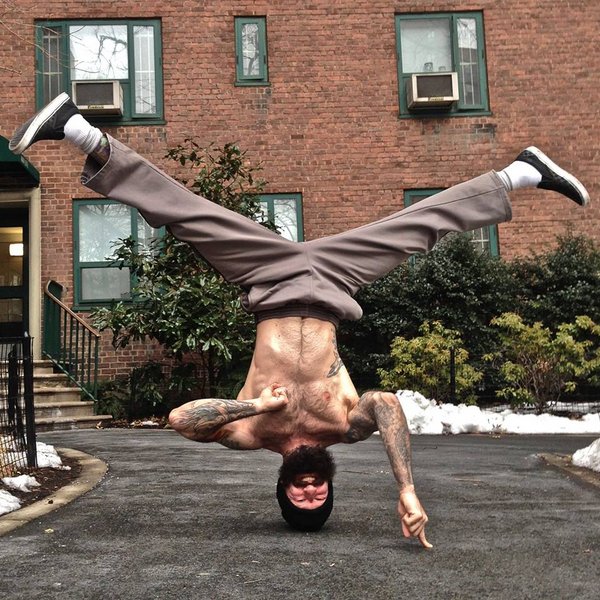
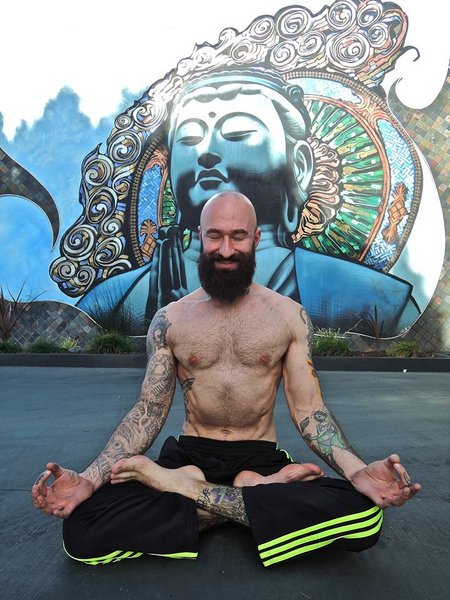
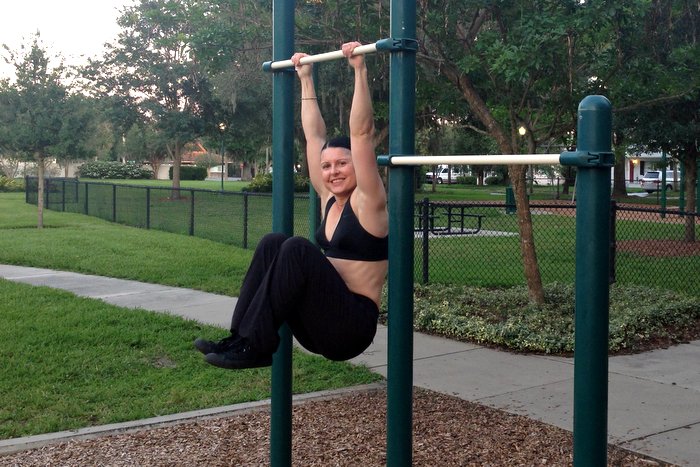
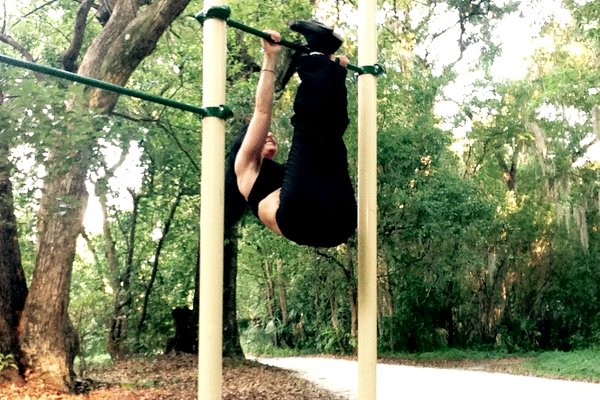
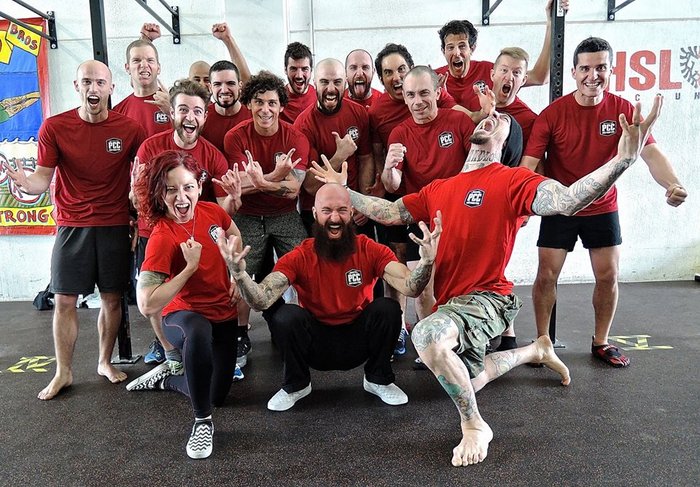
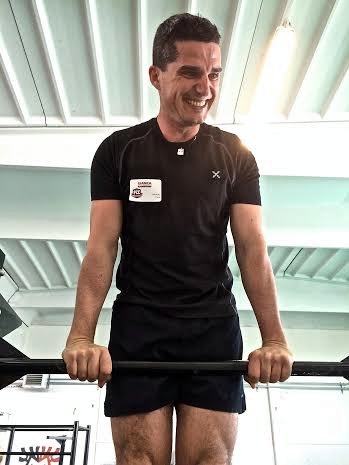
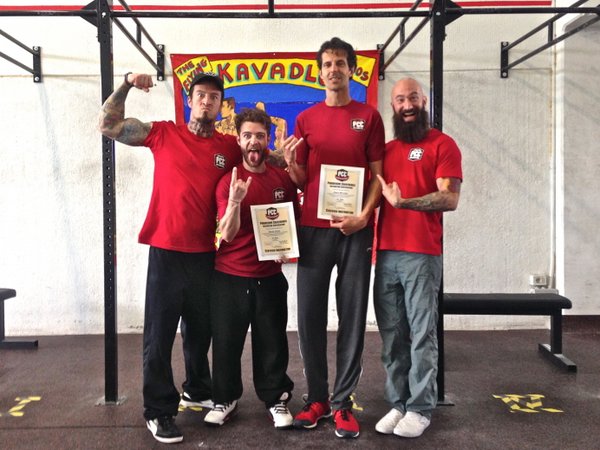
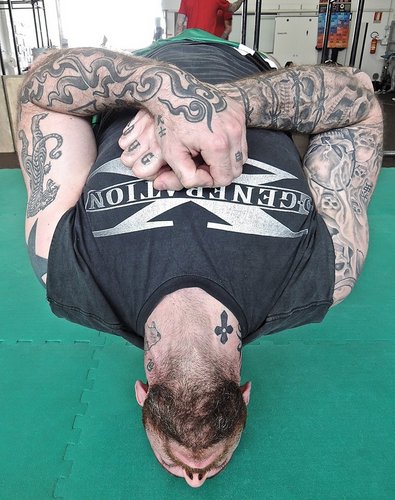
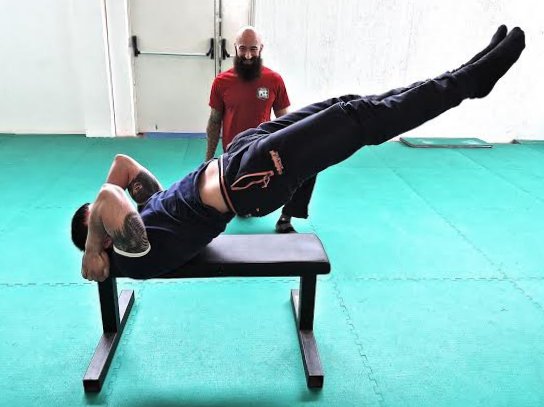
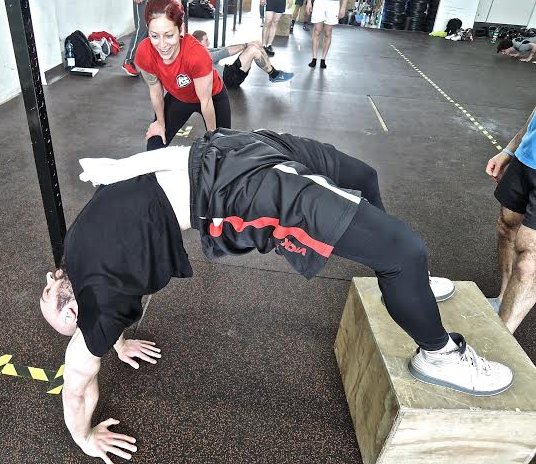
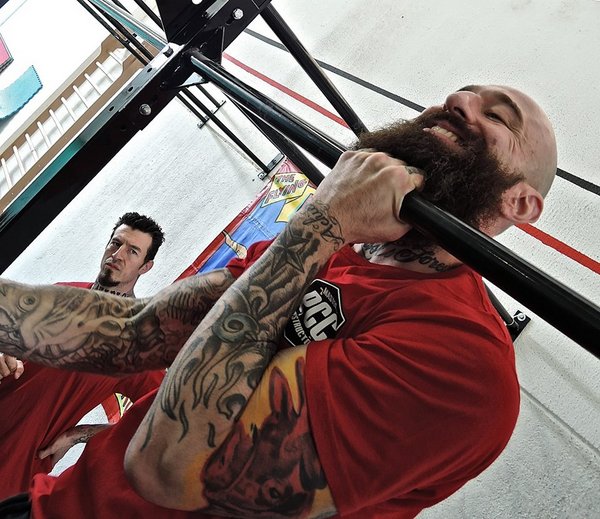
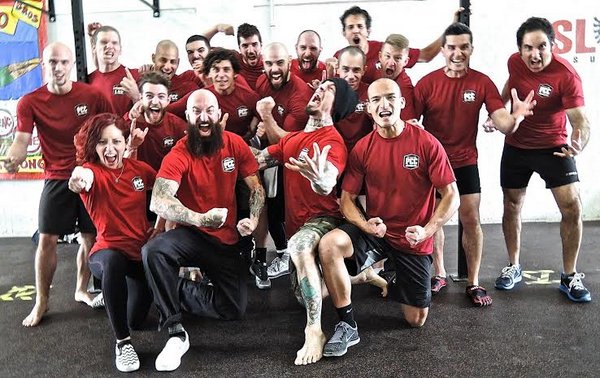
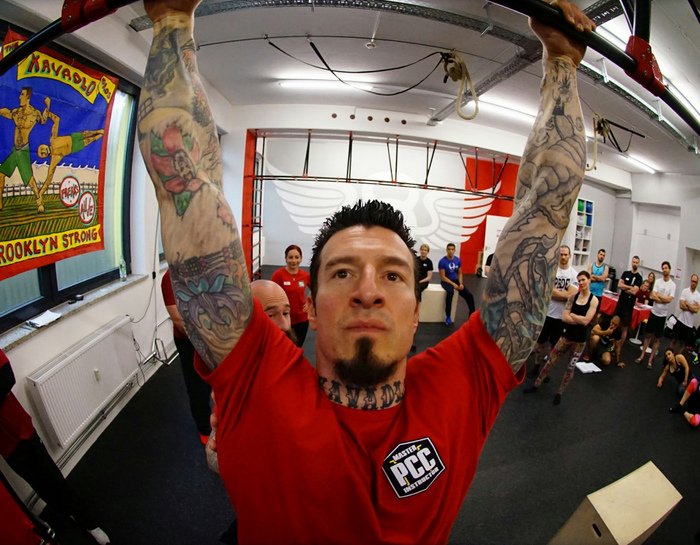
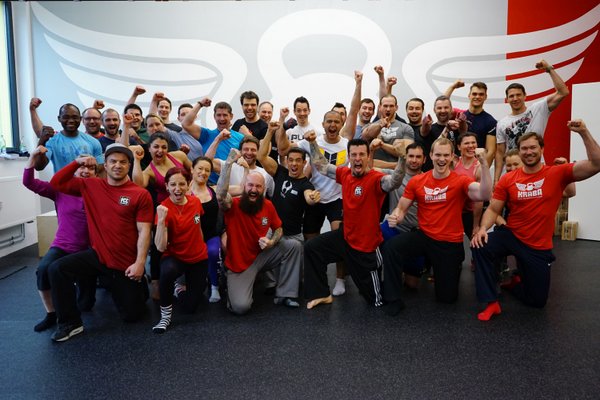
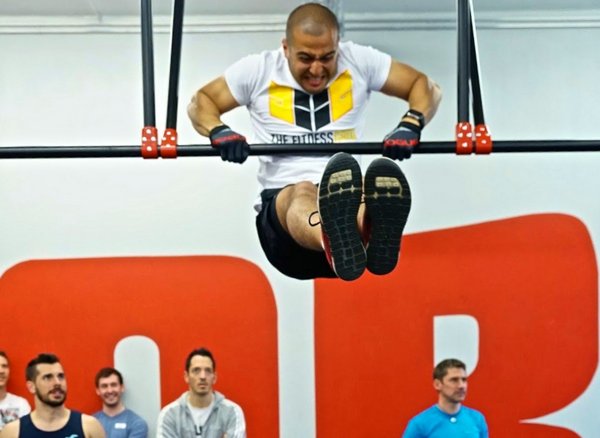

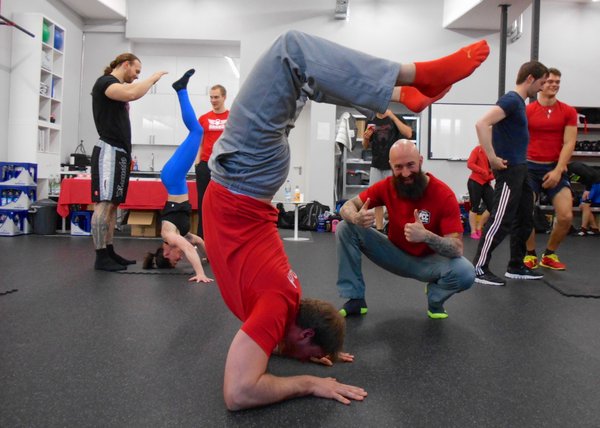
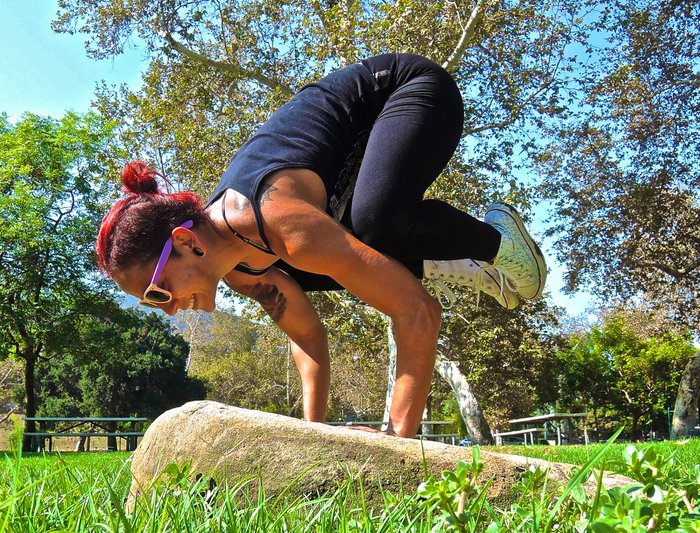
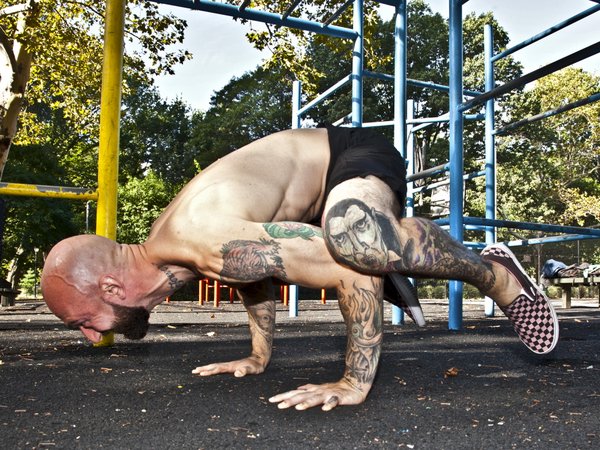
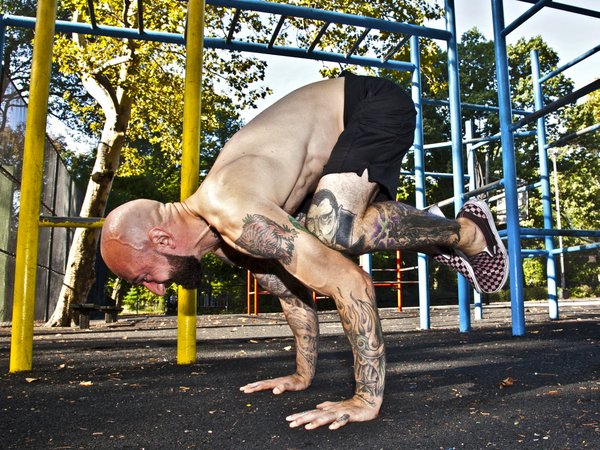
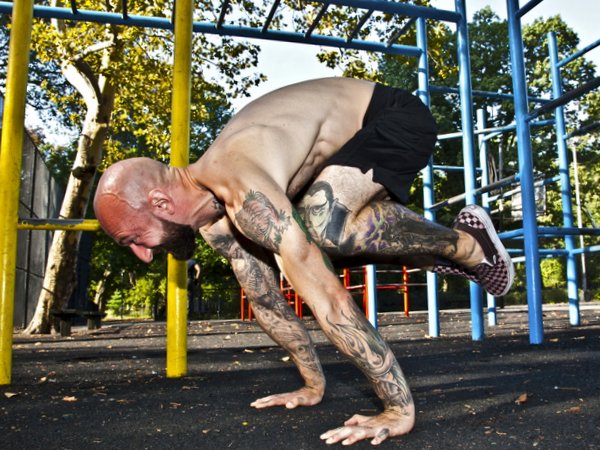
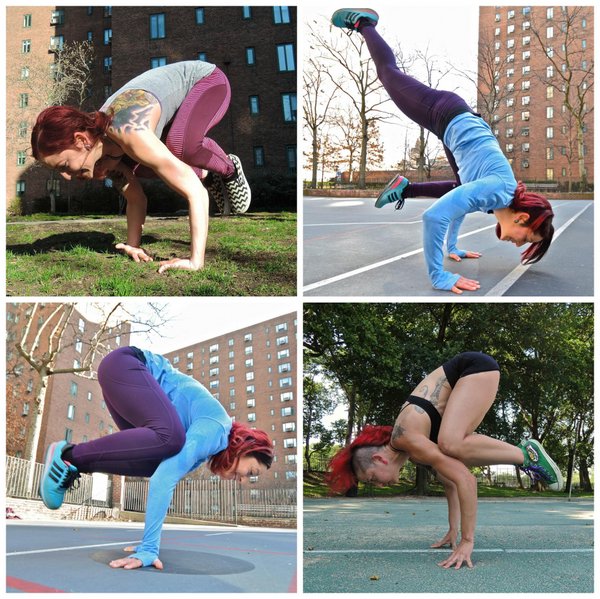
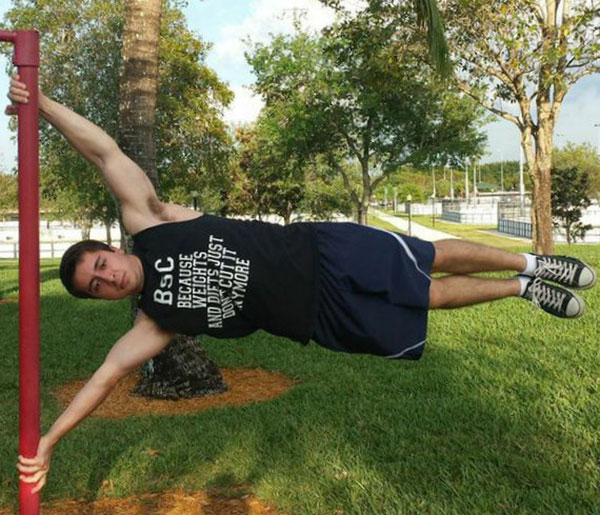

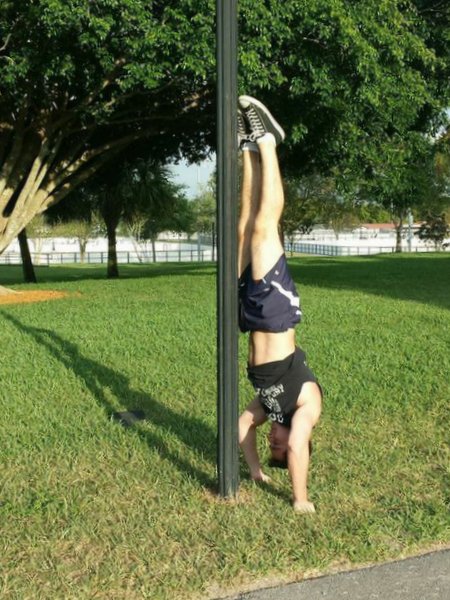
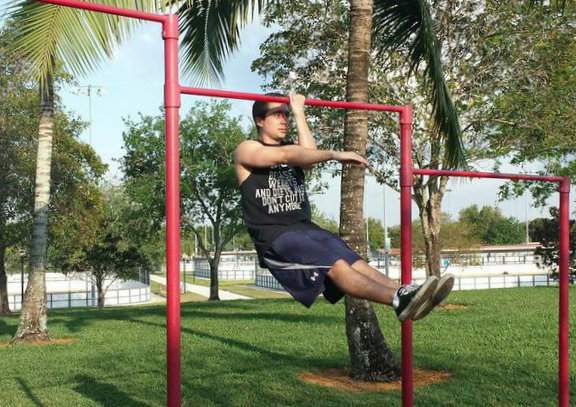

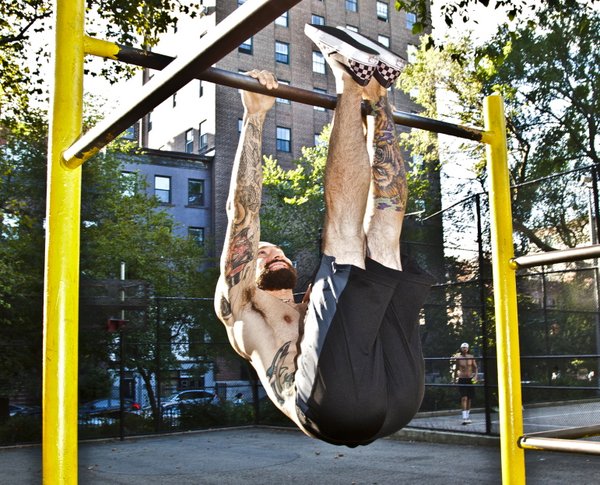
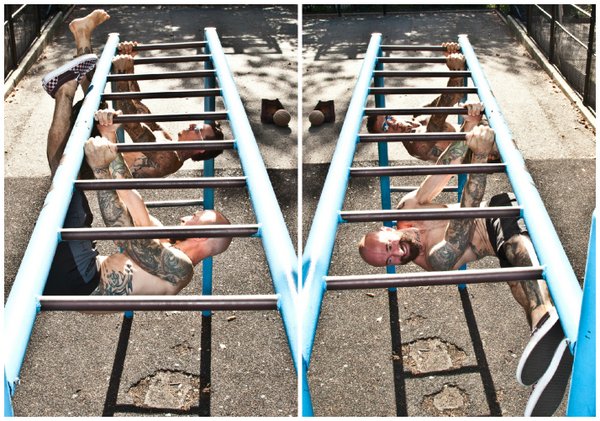
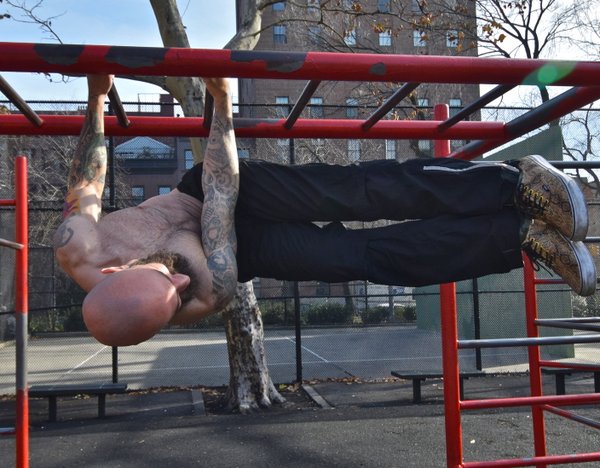
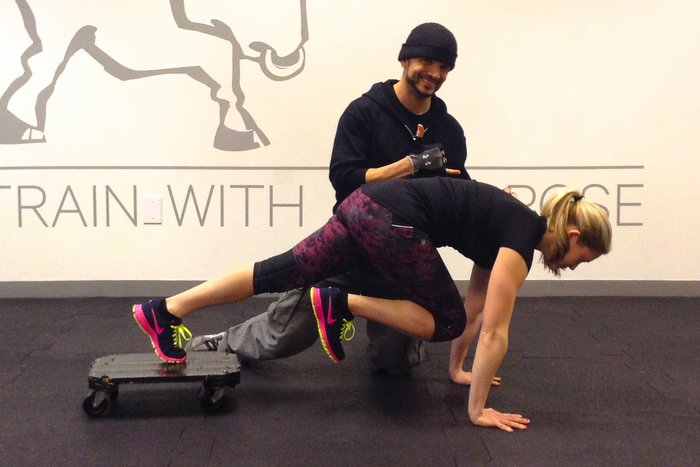
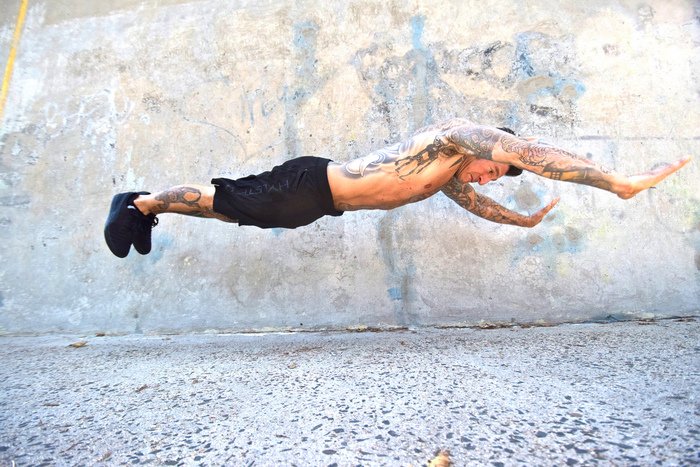
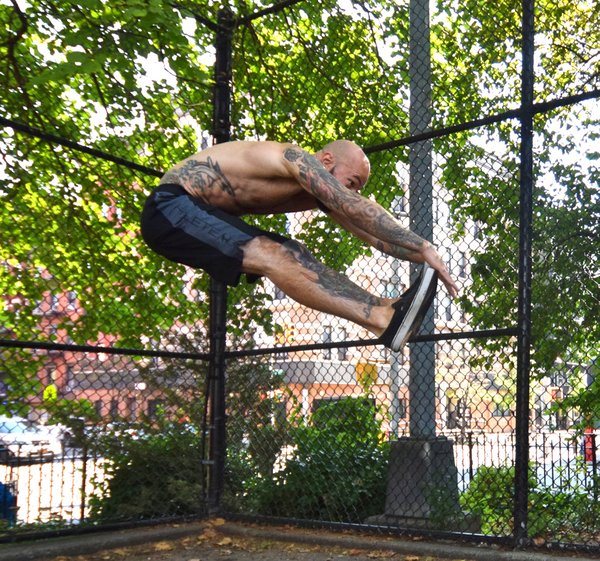 These writers each possess their own potent, soulful, visceral voice. They are artists in their expression. They resonate profoundly with their own distinct vibe. You can feel the implicit truth of their message in every sentence they write.
These writers each possess their own potent, soulful, visceral voice. They are artists in their expression. They resonate profoundly with their own distinct vibe. You can feel the implicit truth of their message in every sentence they write.